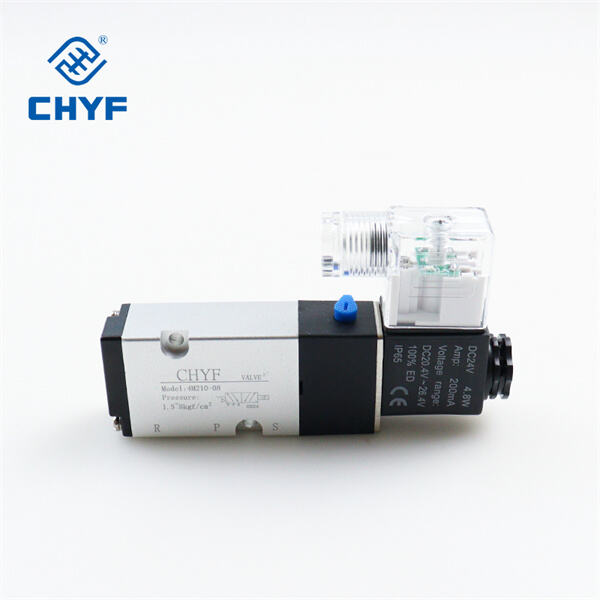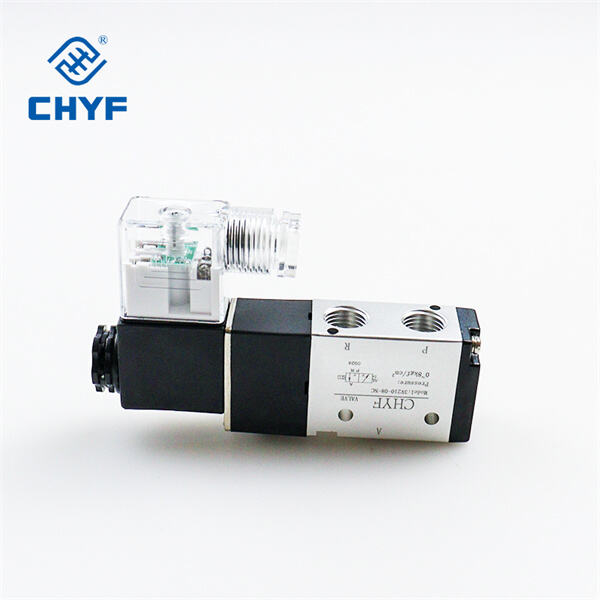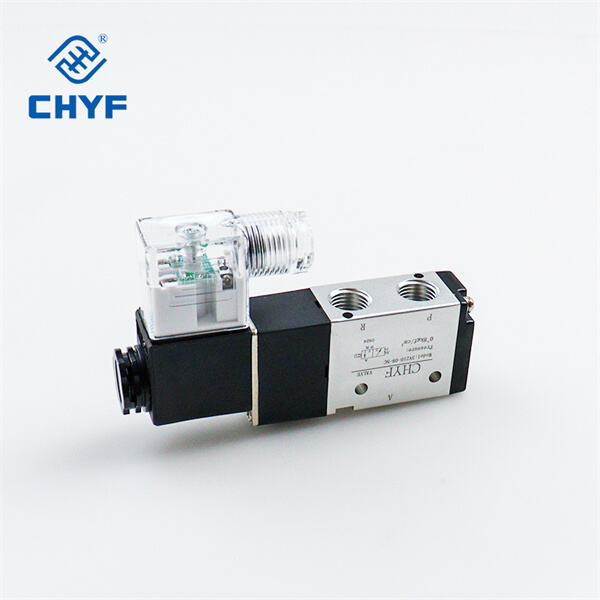Tel: +86-577 61727673
Email: [email protected]
Tel: +86-577 61727673
Email: [email protected]
A pneumatic flow valve is a special device that manages how air flows within machines. It works like a gate that opens and closes to let air in and out. Understanding how a pneumatic flow valve operates can teach us to make better use of machines. Let's both learn a bit more about this key feature!
A pneumatic flow valve is a simple device that helps manage the flow of air in equipment. There’s typically a valve body, a control knob, and some fittings. As you turn the control knob, the valve opens or closes to let more or less air pass by. This is a way to make machines work better, too.
The control over air flow is critical in pneumatic flow valves. If we do not handle the air properly, the machines may not function well.” For instance, if too much air is allowed through a valve, a machine may work too fast and suffer damage. And that’s why it’s crucial to carefully calibrate these things called pneumatic flow valves.

If you’re in the market for a pneumatic flow valve, there are some key features to be on the lookout for. First, ensure the valve is sturdy and can withstand rough conditions. Second, determine how easy it is to control and adjust the valve. And finally, find one that will fit the size and type of machine you have. Ultimately, that’s likely going to be what really makes the difference when transaction time comes and you wind up making a decision between pneumatic flow valve options.

Pneumatic flow valves are found in many places that control the flow of air in machines. They are used in factories, for example, to regulate how quickly conveyor belts move. They are also employed in robotic arms to command their movement. Pneumatic flow valves are used in air compressors, pneumatic cylinders and other machines. Their ability to do work in different forms is an attractive feature of that object.

The pneumatic flow valves can sometimes have issues and not do their stuff correctly. If you see or hear that a valve isn’t moving as it should, there are a few ways to correct it. First, make sure that the valve isn't obstruct by dirt or debris. Clean it, and maybe it will. If not, test if the control knob is turning. If it’s stuck, attempt to gently move it. If these suggestions don’t resolve the problem, it may be time to install a new valve.